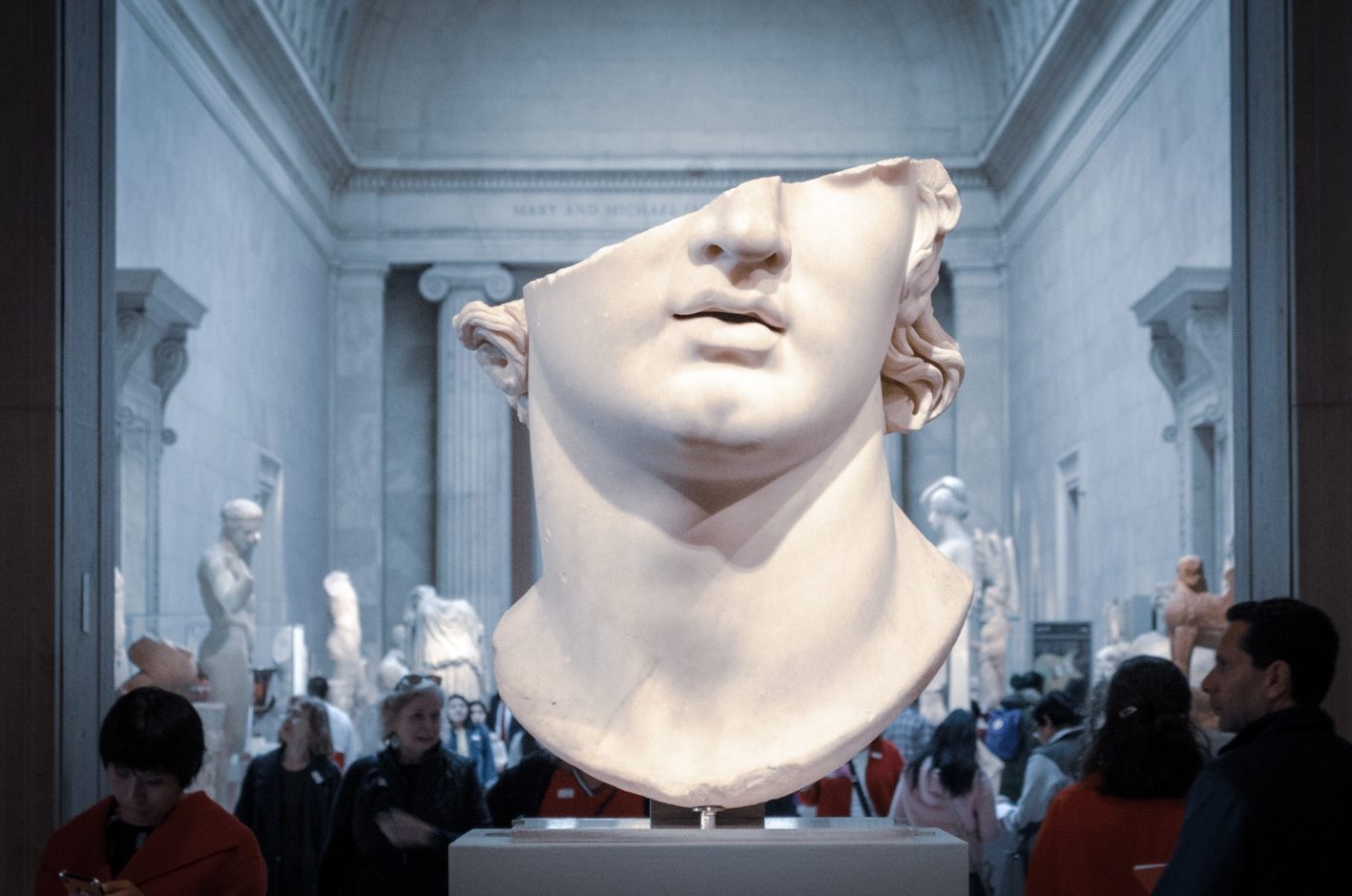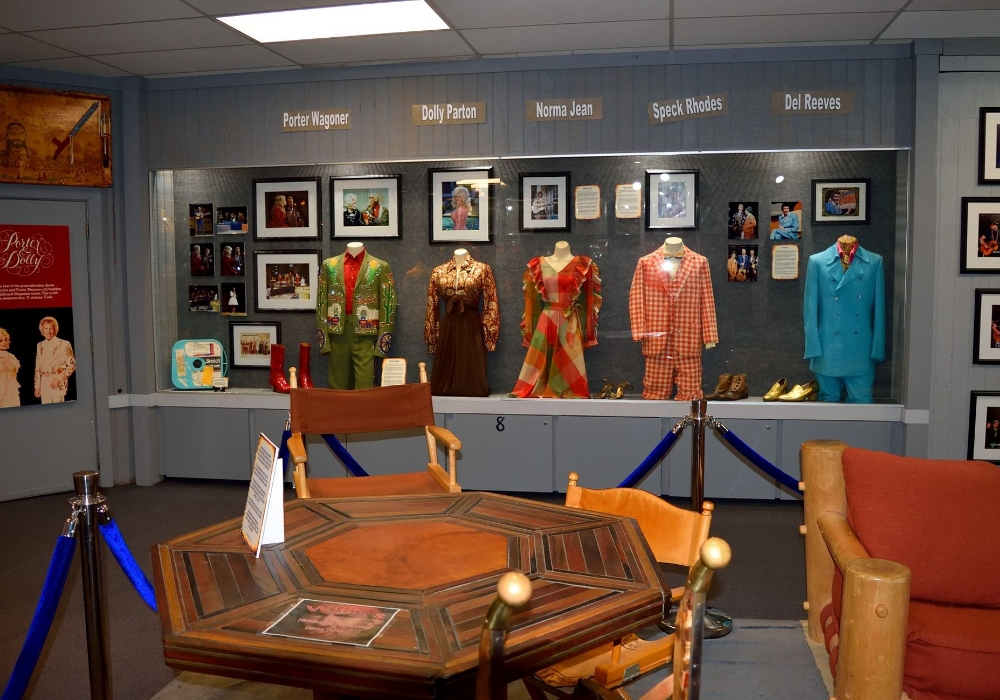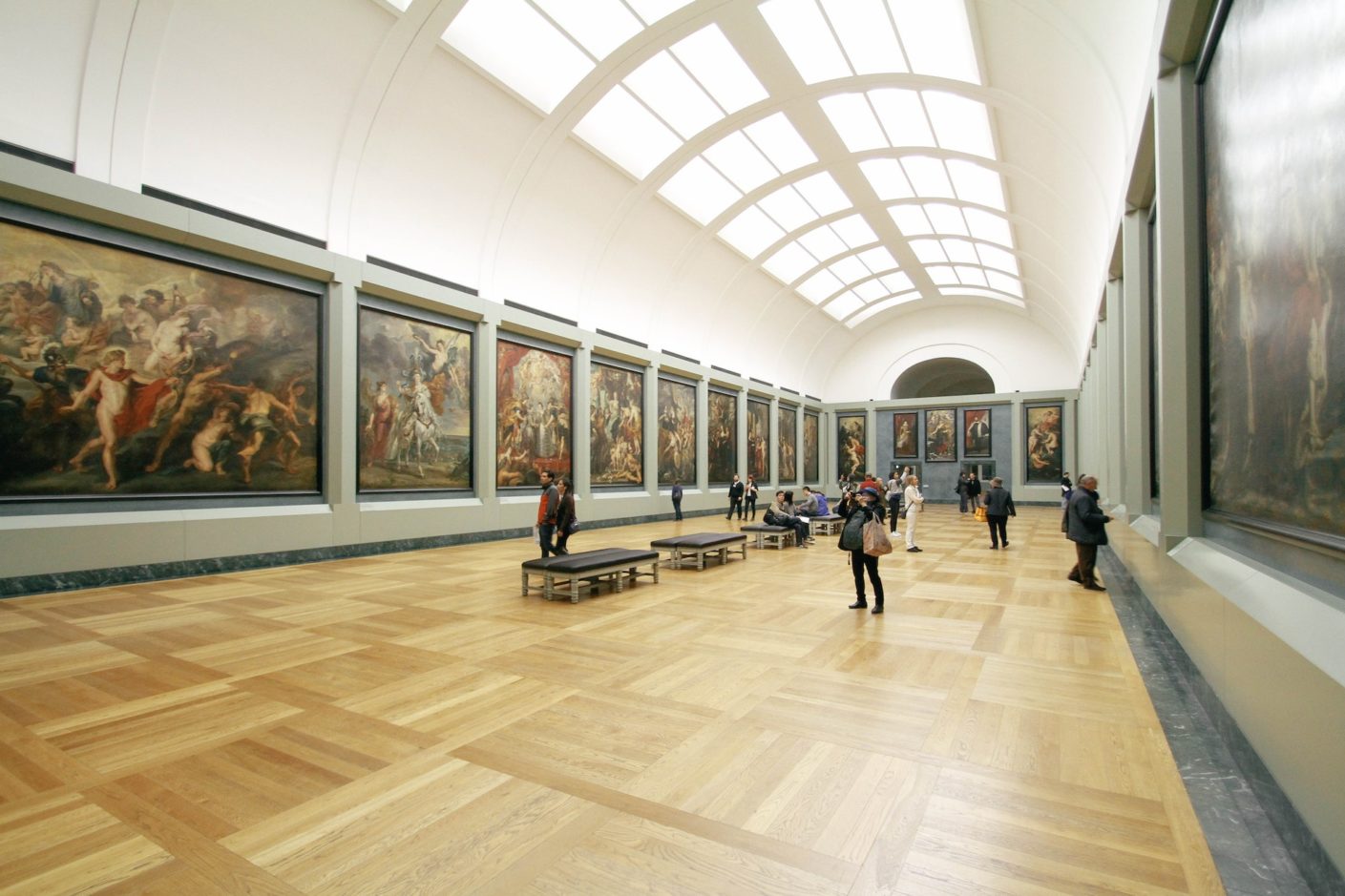Video Production for Museums
Museums are a vital part of any community. They provide a place for people to learn about history, art, and culture. They also offer a unique setting for community events and gatherings. Video production can play a significant role in enhancing the museum experience for both visitors and staff.

[blog-contact email=”email” label=”Get a quick Museum video quote now!”]
Video Production for Museums can be used to create educational and informative videos about the exhibits and collections. These videos can be used to supplement the information that is provided by tour guides or docents. They can also be used to create virtual tours of the museum that can be viewed by people who are unable to visit in person.
Video production can also be used to capture the atmosphere of the museum. This can be done by filming events and exhibits, as well as interviewing staff and visitors. These videos can be used to promote the museum to potential visitors and to give people a taste of what it is like to visit.
In addition to enhancing the visitor experience, video production can also be used to support the work of museum staff. Videos can be used to document exhibitions and installations, as well as to create training materials for staff.
Video production can be a valuable tool for museums of all sizes. It can be used to create engaging and informative content, as well as to capture the unique atmosphere of the museum.
Promotional Videos for Museums
There are many reasons why museums should create promotional videos. Videos are a great way to show off the museum’s exhibits and facilities, and they provide an opportunity to tell the museum’s story in an engaging and visual way. They can also be used to attract new visitors, and to thank and engage existing supporters.

Creating a promotional video for your museum is a great way to reach out to potential visitors, and to remind them of the importance of supporting museums. Here are some tips on how to make your promotional video stand out:
1. Keep it short and sweet
Your promotional video should be no longer than one minute. This is enough time to show off some of the museum’s key features, and to tell its story in an engaging way.
2. Use strong visuals
Make sure to include plenty of visuals in your video, such as images of the museum’s exhibits and facilities. These will help to bring the video to life and make it more engaging.
3. Tell a story
A great way to engage viewers is to tell a story in your video. This could be the story of how the museum was founded, or the story of a particular exhibit. Telling a story will help to make your video more memorable.
4. Include a call to action
At the end of your video, include a call to action, such as inviting viewers to visit the museum, or to donate to support its work.
5. Promote your video
Make sure to promote your video widely, using social media, email, and your website. You could also consider running ads on local TV or radio.
Marketing Videos for Museums
There are many reasons why marketing videos for museums can be extremely beneficial. For one, they can help promote awareness of the museum and its mission. Additionally, they can help raise funds for the museum and its programs. Finally, Video Production for Museums can also serve as a great educational tool, providing visitors with an inside look at the museum and its collections.

[blog-contact email=”email” label=”Get a quick Museum video quote now!”]
Awareness
One of the most important roles of marketing videos for museums is to increase awareness of the museum and its mission. Many people are not aware of the vast array of museums that exist, and marketing videos can be a great way to introduce the public to these institutions. For example, a video about the National Museum of African American History and Culture can help raise awareness of the museum and its goals. Additionally, a video about the Museum of Modern Art can help people learn about the rich history and collections of this world-renowned institution.
Fundraising
In addition to raising awareness, marketing videos for museums can also be used to raise funds for the institution. Museums rely heavily on donations from the public in order to maintain their operations and programs. Videos can be used to appeal to potential donors and to explain the importance of the museum and its work. For example, a video about the National September 11 Memorial & Museum can help explain the need for donations to support the museum’s operations and programming.
Education
Finally, marketing videos for museums can also serve as a great educational tool. These videos can provide visitors with an inside look at the museum and its collections. Additionally, they can help people learn about the history and mission of the museum. For example, a video about the American Museum of Natural History can help people learn about the institution’s extensive collections and its commitment to educating the public about the natural world.
Training Videos for Museums
Museums are institutions that are dedicated to the acquisition, conservation, study, and exhibition of artifacts and other objects of scientific, artistic, or historical importance. Many museums are also centers of research, scholarship, and public education. In recent years, the use of training videos has become an important part of the museum experience.

There are many reasons why training videos are important for museums. First, they provide an opportunity for museum staff to share expertise and knowledge about the collections with visitors. Second, training videos can be used to introduce new ideas and concepts to the museum community. Third, they can be used to teach best practices for conserving and exhibiting artifacts. And fourth, training videos can help museum visitors learn about the history and culture of the objects on display.
The use of training videos has been shown to increase visitor satisfaction and to improve the overall quality of the museum experience. In one study, visitors to the Museum of Modern Art in New York who watched a short training video about the museum’s collection rated their experience as more enjoyable and educational than those who did not watch the video. Another study found that visitors to the National Gallery of Art in Washington, D.C. who watched a video about the gallery’s collection were more likely to return for a second visit than those who did not watch the video.
The benefits of using training videos are not limited to visitors. Museum staff also report increased satisfaction and improved job performance after watching training videos. In one study, employees of the Museums of Natural History in New York who watched training videos about their collections reported increased job satisfaction and improved job performance. Another study found that employees of the Museum of Fine Arts, Boston who watched training videos about the museum’s collections reported increased satisfaction with their jobs and the museum’s overall operations.
Museum training videos can be used to improve the quality of the museum experience for both visitors and staff. By providing an opportunity for knowledge sharing and best practice training, these videos can help museums fulfill their mission to educate and inspire the public.
Interview Videos for Museums
Museums are increasingly turning to video to capture and share the stories of their collections and exhibitions. Interview videos offer a powerful way to connect with audiences, providing a personal and engaging way to bring the museum experience to life.
[blog-contact email=”email” label=”Get a quick Museum video quote now!”]
There are a number of reasons why Video Production for Museums is so important for museums. First, they offer a unique opportunity to hear directly from the people who are most passionate about the collections and exhibitions. These firsthand accounts bring the story of the museum to life in a way that is both personal and engaging.
Second, interview videos offer a great way to share the museum experience with a wider audience. These videos can be used to promote the museum to potential visitors, and to engage with people who may not have had the chance to visit in person.
Finally, interview videos can be a valuable tool for preserving the history of the museum. These videos can be used to document the changing exhibitions and collections over time, and to capture the memories of those who have been involved with the museum for many years.
The interview videos offer a glimpse into the wide range of stories that can be told by museums through this medium. From the personal stories of those who have been affected by the exhibitions, to the behind-the-scenes look at the work that goes into creating a museum experience, these videos offer a fascinating insight into the world of museums.

